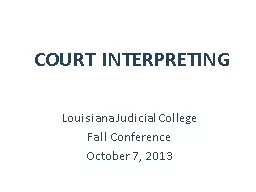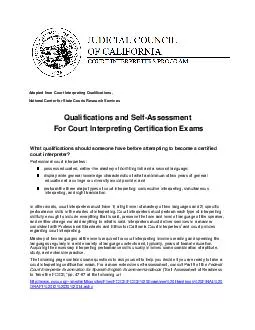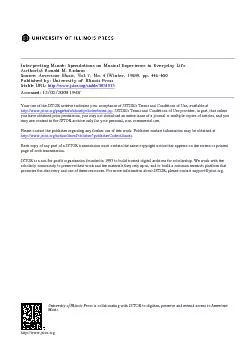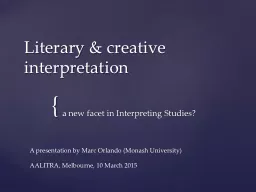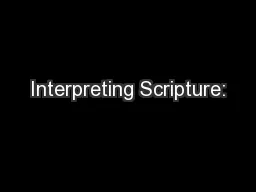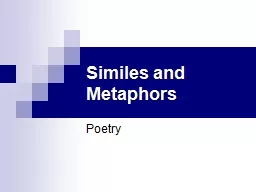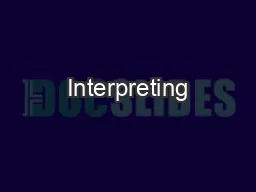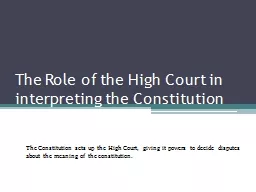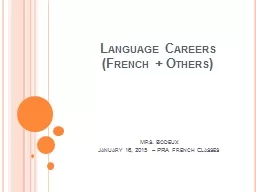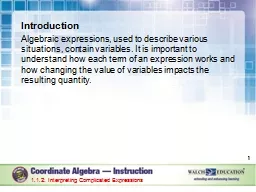PPT-COURT INTERPRETING
Author : olivia-moreira | Published Date : 2017-07-01
Louisiana Judicial College Fall Conference October 7 2013 DEFINITIONS AND TERMINOLOGY INTERPRETATION The unrehearsed transmission of the spoken word or message
Presentation Embed Code
Download Presentation
Download Presentation The PPT/PDF document "COURT INTERPRETING" is the property of its rightful owner. Permission is granted to download and print the materials on this website for personal, non-commercial use only, and to display it on your personal computer provided you do not modify the materials and that you retain all copyright notices contained in the materials. By downloading content from our website, you accept the terms of this agreement.
COURT INTERPRETING: Transcript
Download Rules Of Document
"COURT INTERPRETING"The content belongs to its owner. You may download and print it for personal use, without modification, and keep all copyright notices. By downloading, you agree to these terms.
Related Documents

